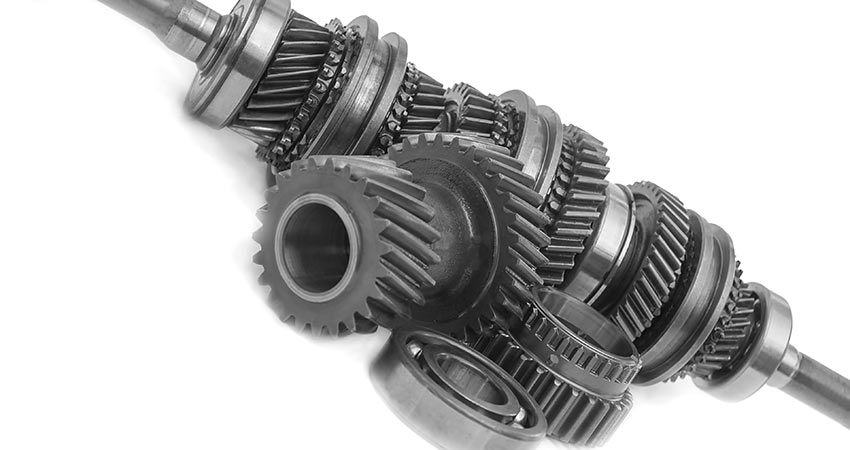Your Car’s Drive Train: What You Need To Know

What You Need To Know About Your Car’s Drive Train And Other Important Systems And Parts
The drive train of your car includes all of the power-transmitting components found between the wheels and engine, including the axles, transmission, drive shaft, clutch, CV joints, U-joints, differential, transaxle and torque converter.
If you are like most drivers, you don’t pay much attention to your car until you notice something has gone wrong with clues like strange noises, shifting problems, or leaks. And by the time you start noticing your drive train is having problems, you’re in for major repairs.
When you have a strong understanding of how your vehicle operates, you can spot problems while they are still small. For example, knowing if your car is front, rear, or all-wheel-drive will help you locate specific parts of your drive train.
Here are a few more key facts to learn about your car:
- Transaxle – The driving axles and transmission are combined in one compact unit, saving space and weight in the passenger compartment.
- Universal Joints – In rear drive vehicles these provide flexibility between the rear axle and transmission, which allows the axle to move along with the many irregularities in the road.
- Drive Shaft – This tubular component connects the rear axle with the transmission.
- CV (Constant Velocity) Joints – You’ll find these under the car covered with rubber boots and packed with grease. They deliver power to the wheels, while flexing and twisting when the suspension bumps or moves as you turn the steering wheel.
- Clutch or Torque Converter – These two objects transfer power from the engine to the transmission. Automatics use torque converters and manuals use clutches.
- Transmission – Whether rear or front wheel drive, the transmission shifts the gears to match road speed and load with engine speed.
- Differential – At the centre of the rear axle you’ll find the differential in a round housing. It directs engine power to the wheels and, with its gearing mechanisms, allows the wheels to turn at differing speeds while turning.
